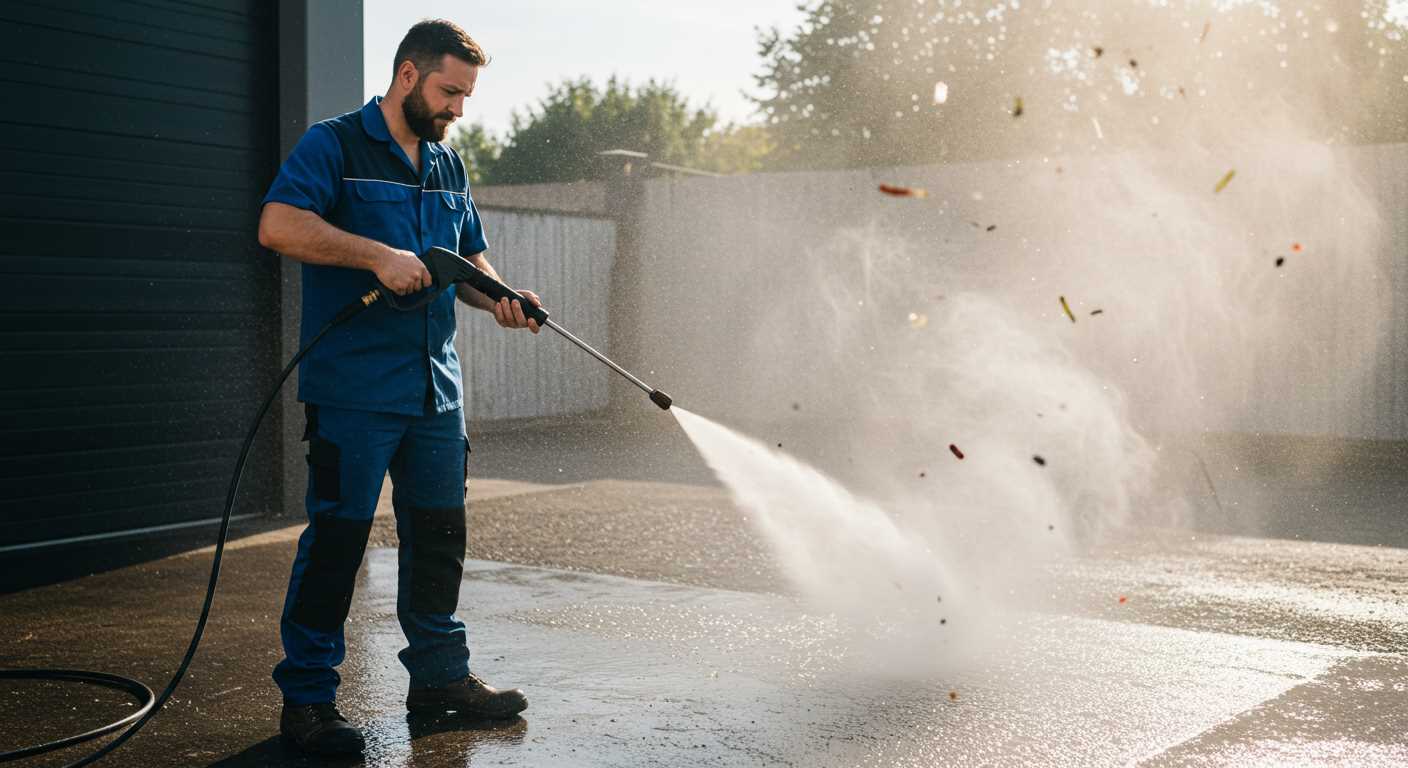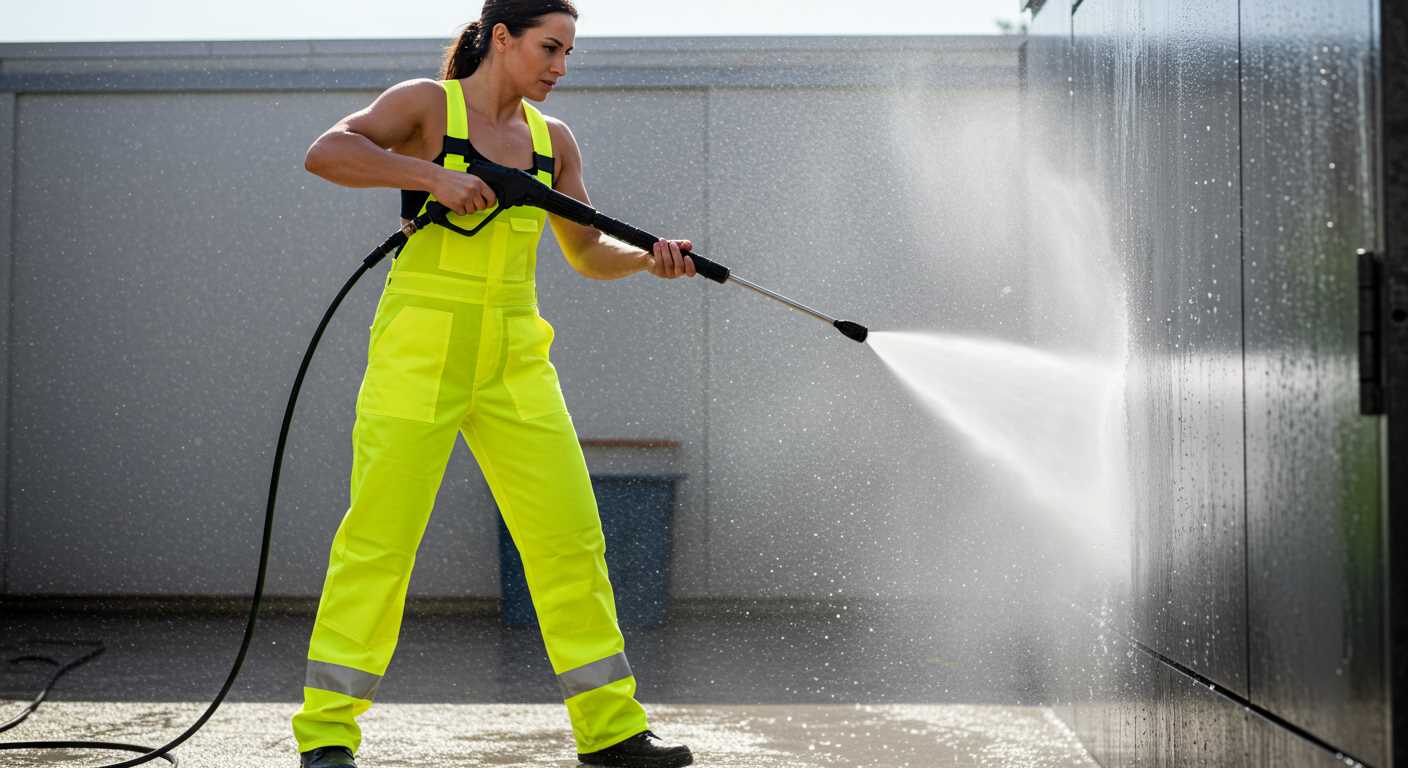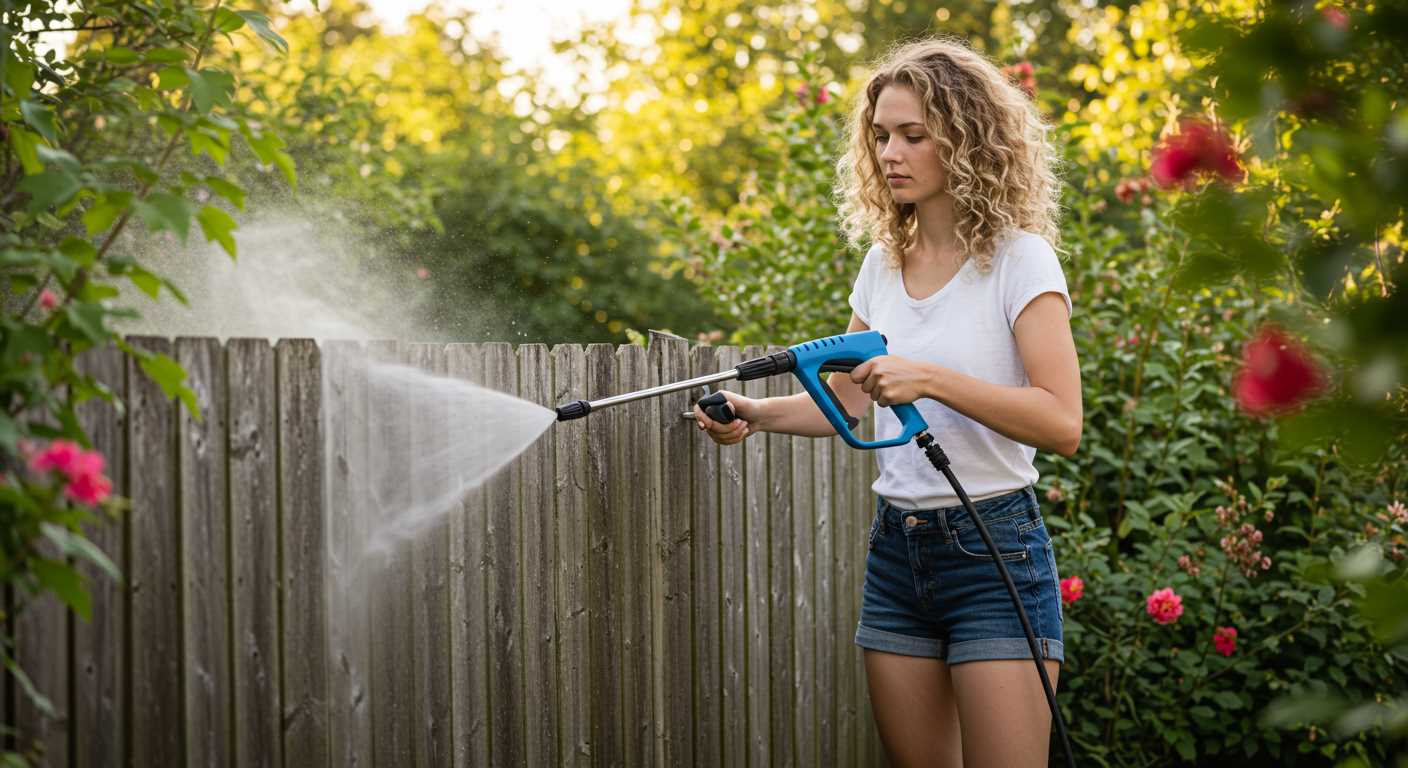



Applying high-pressure water jets on an automobile can yield impressive results, making it an appealing choice for those seeking thorough cleanliness. High-powered equipment effectively removes stubborn dirt, grime, and even baked-on substances, leaving surfaces gleaming. This method considerably reduces scrubbing time, allowing for a more efficient cleaning process.
In terms of practicality, utilising such equipment means less reliance on chemicals. Many vehicle owners prefer eco-friendly approaches, and leveraging water alone can often suffice for light dirt and mud. However, selecting the right nozzle and pressure setting is crucial. A too intense blast might risk damaging delicate surfaces or stripping wax coatings, so moderation is key.
When considering frequency, this technique suits periodic cleanings rather than daily maintenance. Regular washes can help maintain paint integrity and overall aesthetics. Following an appropriate routine, combined with the right tools, can significantly extend the lifespan of the vehicle’s exterior.
Additionally, employing such advanced methods enhances convenience. Many models available on the market boast portability and ease of use. This allows for flexibility in choosing washing locations, be it at home or in a professional setting. Ultimately, the choice to embrace this method hinges upon personal preference and vehicle condition.
Washing a Vehicle with a High-Pressure Cleaner
Using a high-pressure cleaner for vehicle maintenance can yield remarkable results, especially when dealing with stubborn grime and dirt. However, several aspects must be considered to achieve optimal outcomes while safeguarding the vehicle’s exterior.
Advantages of High-Pressure Cleaning
- Effective removal of large debris, mud, and stubborn stains.
- Access to hard-to-reach areas, such as wheel arches and undercarriages.
- Reduced time spent compared to traditional methods.
Risks Involved
- Potential damage to paintwork if the nozzle is too close or if water pressure is excessively high.
- Risk of dislodging protective coatings or wax, leading to reduced paint protection.
- Water ingress in sensitive areas can cause electrical issues, especially in modern vehicles.
For optimal results, maintaining a distance of at least 30 cm from the vehicle’s surface while using a high-pressure cleaner is advisable. Additionally, applying a suitable pre-wash solution can help loosen dirt, decreasing the risk of scratches during the cleaning process.
It’s beneficial to select a machine with adjustable pressure settings to suit various surfaces without causing damage. Following the initial rinse, a gentle foam application can enhance cleaning efficiency, ensuring a thorough getaway of contaminants.
After completing the process, make sure to dry the vehicle properly to prevent water spots and streaks. Regular maintenance using this method can lead to a well-kept appearance, provided precautions are taken.
Understanding the Risks of Using a Pressure Washer on Your Car
Opting for high-intensity water jets poses significant hazards that can lead to costly damage. Directing a forceful stream at body panels may cause scratches or even strip away paint, particularly in sensitive areas like edges and around trims. It’s vital to maintain a safe distance, typically at least two feet, from the surface being targeted to minimise impact.
Impact on Seals and Finishes

Components such as window seals, rubber trim, and decals are at risk when subjected to intense water pressure. Water intrusion can occur, leading to leaks and potential electrical issues within the vehicle. Always exercise caution around these fragile areas to prevent any irreversible harm.
Risk of Damage to Sensitive Components
Utilising powerful equipment can inadvertently force water into crucial areas such as the engine bay or undercarriage. This can cause electrical malfunctions or corrosion over time. Inspecting and potentially covering sensitive components before proceeding is advisable.
While the allure of rapid cleansing is appealing, being well-informed about potential pitfalls is essential for preserving the integrity and appearance of the vehicle. Ensuring the right technique and equipment is employed can prolong its lifespan and maintain its aesthetic appeal.
Choosing the Correct Pressure Settings for Car Washing
For effective cleaning, opt for a pressure setting of 1200 to 1900 PSI. This range is sufficient to eliminate dirt and grime without damaging paintwork or sensitive components.
Understanding Nozzle Types
Selecting the right nozzle enhances the washing experience. A wide fan nozzle (25-40 degrees) disperses water over a larger area, making it ideal for rinsing. For stubborn spots, a 15-degree nozzle focuses pressure on a smaller area, proving useful for removing tougher grime.
Adjusting for Different Surfaces
Not all surfaces warrant the same treatment. For plastic or rubber trims, maintain lower pressures (below 1300 PSI) to avoid damage. Metal surfaces, however, can handle higher settings. Always test a small, inconspicuous area first.
| Pressure Range (PSI) | Nozzle Type | Application |
|---|---|---|
| 1200-1900 | 25-40 degree fan | General cleaning |
| 1900-2100 | 15 degree | Stubborn spots |
| Below 1300 | Wide fan | Delicate trims |
Always maintain a safe distance of at least 2 feet from the surface. Gradually move closer while testing pressure effects, ensuring no harm comes to the surface. This methodical approach guarantees a thorough yet safe cleaning session.
Essential Accessories for a Safe Pressure Wash

A foam cannon is a game-changer for achieving a thorough clean while minimizing the risk of scratches. By creating a thick layer of foam, it allows for longer dwell time, effectively loosening dirt and grime before rinsing.
Moreover, a dedicated car wash nozzle is crucial. This accessory optimizes water flow to a gentle spray, preventing damage to the paintwork while ensuring effective rinsing. Ensure the nozzle can adjust from wide to focused sprays for versatility.
Consider using a wheel brush designed specifically for alloy and painted wheels. This tool enables targeted cleaning of intricate areas where dirt accumulates, ensuring no contaminants are left behind.
Investing in a set of microfiber towels is also wise. They are effective at absorbing water without leaving lint or scratches, making them perfect for drying and detailing after the pressure washing process.
Additionally, a surface cleaner attachment can enhance efficiency. This tool covers larger areas uniformly, speeding up the cleaning process without the risk of uneven pressure that can occur with handheld nozzles.
Lastly, protective gear such as goggles and gloves should be worn consistently. This precaution keeps eyes safe from flying debris and offers grip and protection for hands during the task.
Step-by-Step Guide to Pressure Washing Your Vehicle
Begin with a thorough rinse. Utilise a low pressure setting to remove loose dirt and debris. This initial rinse prepares the surface, helping to prevent scratches during the cleaning process.
Next, apply a quality car shampoo specifically formulated for high-pressure applications. Ensure it’s safe for the finish to avoid damage. Using a foam cannon can enhance the application, allowing for better coverage and cling.
Let the shampoo sit for a few minutes. This dwell time helps in breaking down grime. Avoid letting the solution dry on the surface.
Switch to a moderate pressure to gently remove the soap. Maintain a distance of around 2-3 feet from the vehicle’s surface to minimise risk of damage. Start from the top and work downwards to ensure a thorough clean.
Pay attention to areas with heavy build-up, such as the wheels and wheel arches. Use a dedicated wheel brush to agitate these sections if necessary, detailing the grime without excessive pressure.
After rinsing, utilise a touchless drying method if possible. A leaf blower or a microfiber drying towel works effectively to avoid water spots.
Finally, inspect for any remaining areas needing attention, and repeat the appropriate steps as necessary. Keep the nozzle at a consistent angle and distance across all surfaces for an even clean.
Common Mistakes to Avoid When Using a Pressure Washer
Avoid spraying directly at the glass or delicate trim details. This can lead to chipping or cracking, especially if high pressure is used. Instead, maintain a safe distance and use a fan spray to minimise risk while still achieving a clean surface.
Neglecting to pre-rinse the surface is another common error. Starting with a dirty surface can result in scratching the paint when debris gets blasted around. Always rinse off loose dirt and grime before engaging more intensive cleaning methods.
Using Excessive Pressure
Exceeding the recommended pressure settings for specific surfaces is a frequent mistake. Always consult manufacturer’s guidelines to ensure that the pressure used is appropriate for the vehicle’s finish. Lower settings are often sufficient for most cleaning tasks, preventing damage while achieving satisfactory results.
Not Using Suitable Detergents

Selecting the wrong detergent can lead to a variety of issues. Ensure that the chosen cleaning solution is compatible with the vehicle’s surfaces. Some detergents can strip away wax or cause discolouration. Always opt for products specifically designed for automotive cleaning to maintain the integrity of the paint and protect coatings.
Maintenance Tips After Pressure Washing Your Vehicle
Following a cleaning session, proper upkeep is essential to retain the vehicle’s appearance and functionality. Here are some actionable recommendations:
- Dry Thoroughly: Immediately after rinsing, dry surfaces using a microfiber cloth to prevent water spots and enhance shine.
- Inspect for Damage: Examine the exterior for any signs of scratches or paint damage. Address these issues promptly to avoid further deterioration.
- Apply Wax: A fresh coat of wax will protect the paintwork from environmental elements and maintain a glossy finish. Choose a quality product for optimum results.
- Clean Interior: Do not overlook the interior. Vacuum carpets and upholstery, and wipe down surfaces to keep the cabin inviting and fresh.
- Check Seals and Trim: After using a high-powered cleaner, inspect rubber seals around doors and windows. Ensure they are intact to prevent leaks.
- Examine Tyres and Rims: Clean wheels thoroughly, as brake dust can accumulate. Consider applying a tyre dressing for a polished look.
- Maintain Headlights: Clean any fogging or grime on headlights for improved visibility. A light polish can enhance clarity.
- Remote Battery Check: Excessive moisture exposure can affect electronic systems. Ensure that remote key fob batteries function correctly.
Regular maintenance after using a washing machine will contribute significantly to the longevity and aesthetic appeal of the vehicle.









